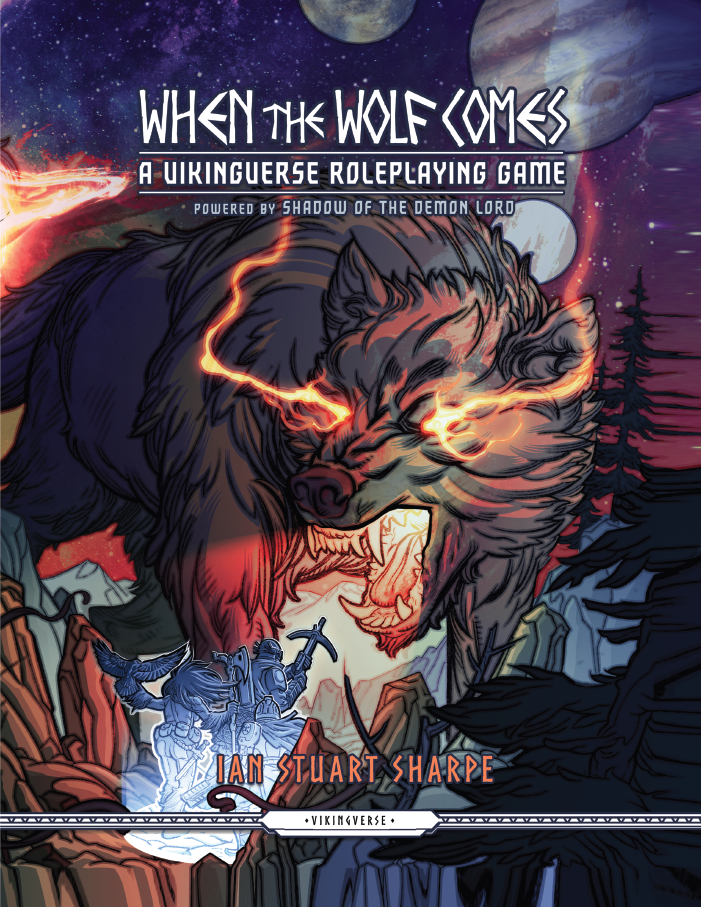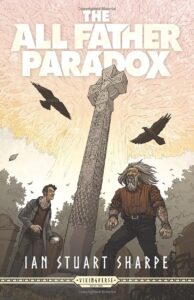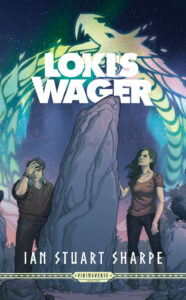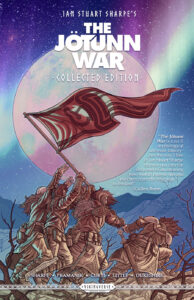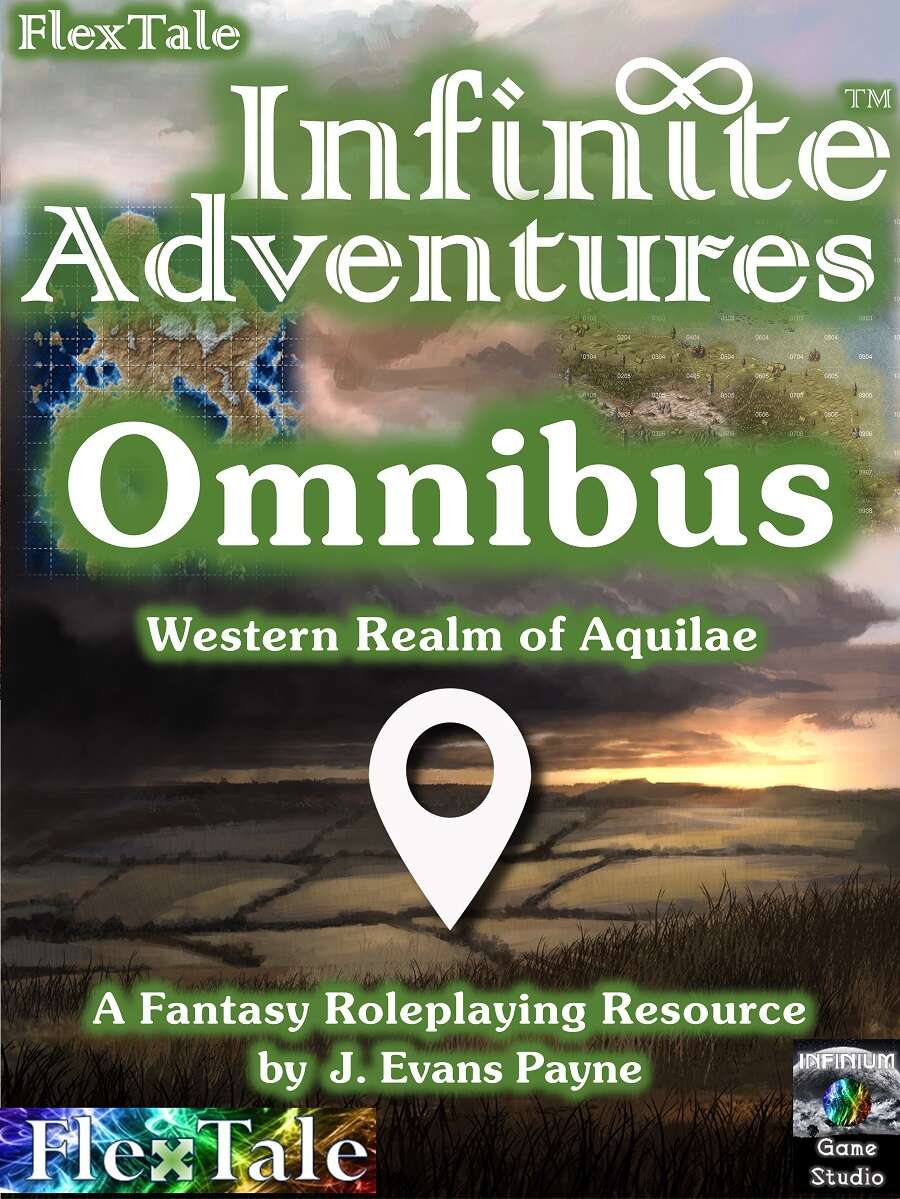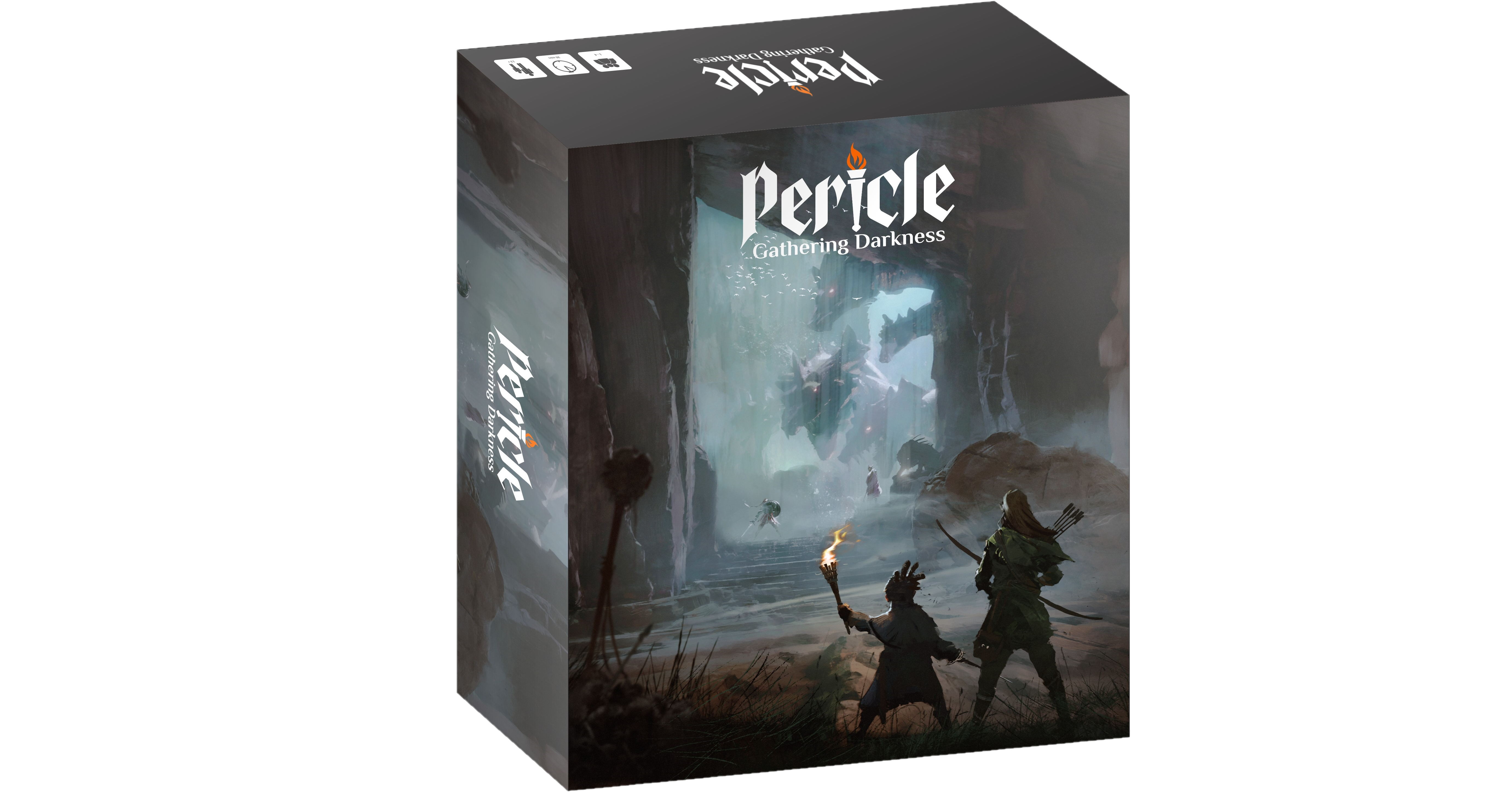Welcome to our review of When the Wolf Comes! Prepare to explore an alternate world in which the Vikings were not defeated and assimilated into the Christian worldview. Rather, vikings conquered the world and then explored beyond. Powered by Shadow of the Demon Lord, When the Wolf Comes brings an exciting setting, new character options, and a fun spin on the Science Fantasy genre.
CREATED & WRITTEN: Ian Stuart Sharpe
COVER ILLUSTRATION: Jeremy D. Mohler
INTERIOR ILLUSTRATIONS: Ger Curti, Devmalya Pramanik, & Paul Little
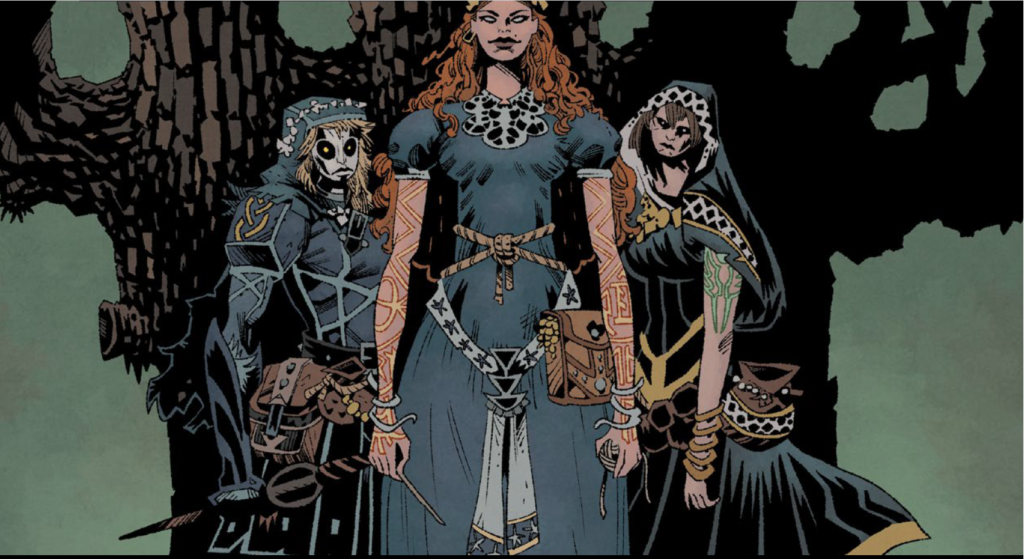
When the Wolf Comes is a continuation of Ian Sharpe’s Vikingverse series of alternate history fiction. The RPG book packs a lot of lore and history into its pages, but much of it is also covered in graphic novel form. You can find the graphic novels below on Amazon or in PDF at DriveThruComics. If you interested, I recommend checking these out as they can add greatly to your understanding of the setting and are a great read.
Odinn seeks to delay Ragnarok by traveling back in time to give his vikings a greater advantage.
The boundary between realities fracture as the actions of Odinn and the Norse Empire bear fruit and the world is changed forever.
War and rebellion rock the Empire as the flames of battle spread across the Nine Worlds.
Gameplay
WtWC matches very closely to the rule set of Shadow of the Demon Lord. Using a D20, you roll to make checks. For all challenge checks (most anything that not combat), you will roll against a target number of 10. Solo players can rejoice in this as determining target numbers is one of the most awkward parts of GMless play in a system built for group play. You add any stat bonus you may have (stats are determined by your ancestry and path choices, rather than rolled randomly) as well as weals or woes that may apply. Weals are gained from professions, path abilities, or other beneficial sources. Woes make your tasks harder, being generated by unfavorable circumstances. Both of these come in the form of a D6 roll that will add or subtract from your roll total.
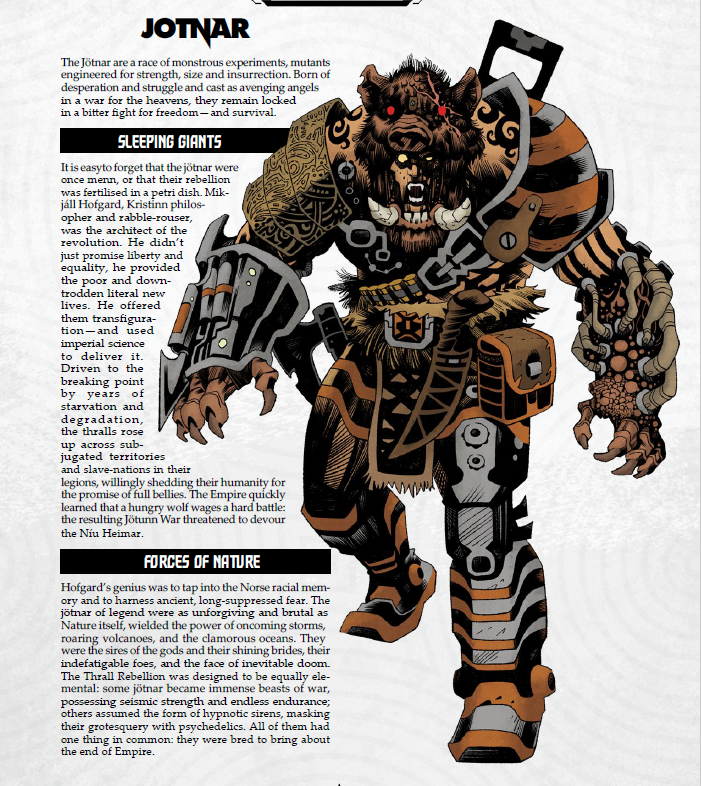
Combat
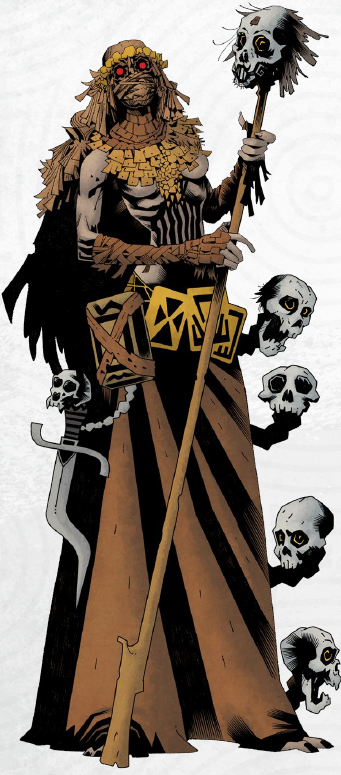
Combat holds many similarities to other systems, although the game brings a different approach to initiative. Characters take fast turns if only performing an action or a slow turn if moving and taking an action. Player characters with fast turns go first in a round, followed by NPC’s with fast turns. Finally, PC’s with slow turns and NPC’s with slow turns act. Obviously, this offers an opportunity to speed up combat and provides space for some tactical timing. Characters resolve attacks with a D20 roll against the target defense. Woes and weals, path bonuses, and attribute bonuses all add modifiers to the roll. Magic users cast spells without the need for a roll except if they need to aim or attack. They will use a Vancian magic style table to determine how many spells of what level they can cast per day.
Advancement
When the Wolf Comes focuses on relatively short campaigns as, just like Shadow of the Demon Lord, players only advance to a maximum of tenth level. While this feels like it may fall short compared to all of the 20 level games out there, WtWC keeps the game and advancement moving quickly. Honestly, while I love plenty of other systems, this appeals greatly to me. As an adult, schedule and life changes usually interfere with a game long before tenth level. While time with friends and the story experience top the list of reasons to play, leveling up comes in close behind as one of the funnest parts of the game. WtWC suggests leveling characters up following each completed adventure. So that means that a campaign will likely last around 10-20 sessions. Meanwhile, players receive bonuses and new path abilities at a steady clip.
Gaining new levels does not immediately bring great power and invulnerability, however. Characters will receive a few hit points based on their path (no rolling). New abilities and spells tend to be gained one at a time. This moderate doling out of character resources means that players will steadily grow in power but will remain fairly fragile. Danger and risk bring most of the dramatic attachment to a story. Struggle produces engagement perhaps as much as progress. Players select from a myriad of choices so customization produces a lot enjoyment as the campaigns progress.
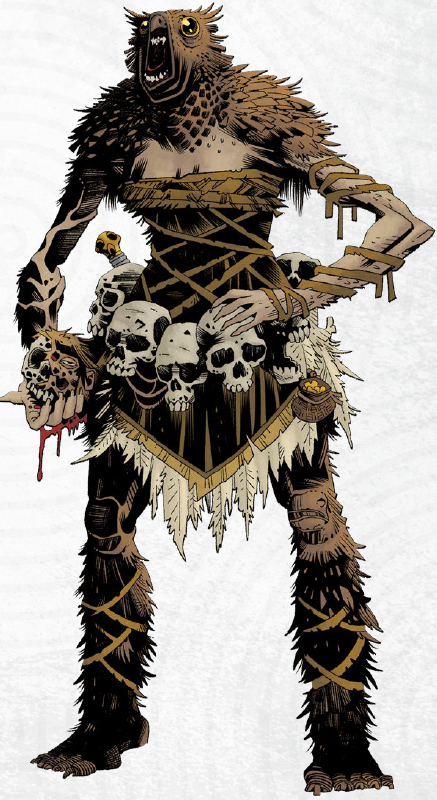
Over the course of advancement, players choose an origin, two previous professions, a novice path, an expert path, and a mythic path. Each level adds new stat increases and abilities from one of these sources. Players have plenty of options and an incredible number of combinations to choose from. Ten origins, 120 professions, four novice paths, fifteen expert paths, and fifty six Mythic Paths mean that you’re unlikely to see the same character twice.
The Setting
The setting of When the Wolf Comes projects an interesting alternate history in which the Norse vikings triumphed over the Christian invasion. Odinn engaged in some temporal meddling in order to delay Ragnarok and thus gave the vikings an advantage in the past. WtWC portrays events in roughly modern times but they are vastly different than our reality. In the late 19th century, the Norse discovered the magical code to access the Greenways between worlds created by Yggdrasil, the Worlds Tree. This led to an age of exploration and increasing power and wealth for the growing Norse Empire. New technology, materials, and species caused immeasurable change for the society of Mann.
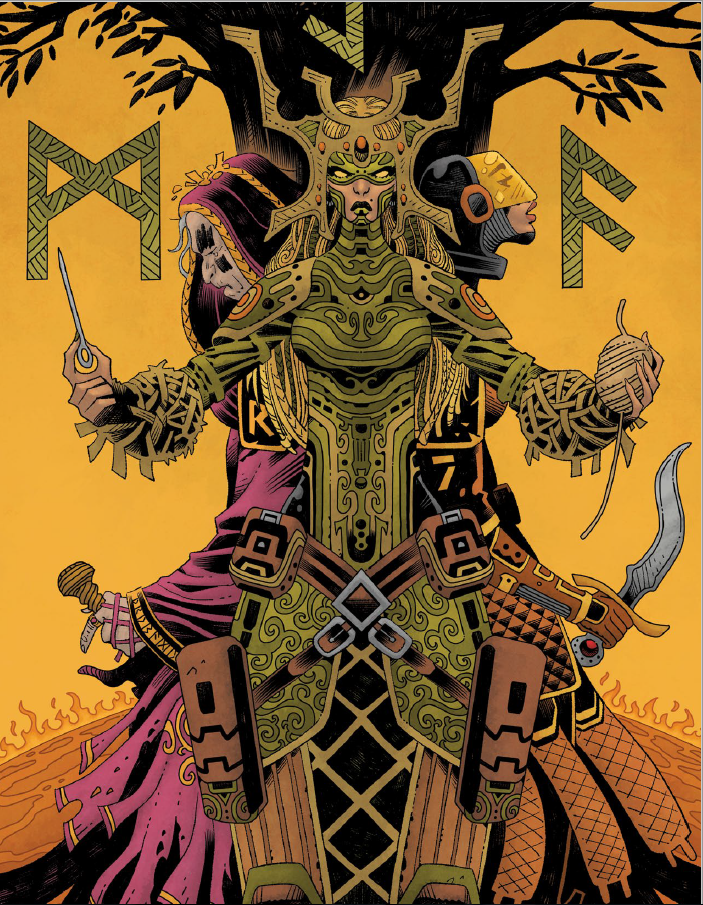
Most recently, a rogue black hole wandered into a nearby star causing a blast of cosmic energy and radiation that scoured one side of Midgard in an extraordinary catastrophe. While the Norse Empire reels, its enemies rise up seeking their own independence and vengeance for their treatment under Imperial rule. The opportunity for adventure abounds in this Norse Science Fantasy setting.
To be frank, the author has created a huge canon of lore. He provides names, places, and dates; but loremasters have a large tangle of unfamiliar words and events to process. GM’s and solo players will have some work to do in order to utilize the setting as written. However, the generally short nature of campaigns within the Shadow of the Demon Lord system allow for focus on specific areas. Perhaps taking one world at a time in campaigns builds up to an epic campaign spanning multiple worlds. The author left plenty of empty space for customization so as with pretty much everything else in the TTRPG sphere, you should take what you want and leave the rest.
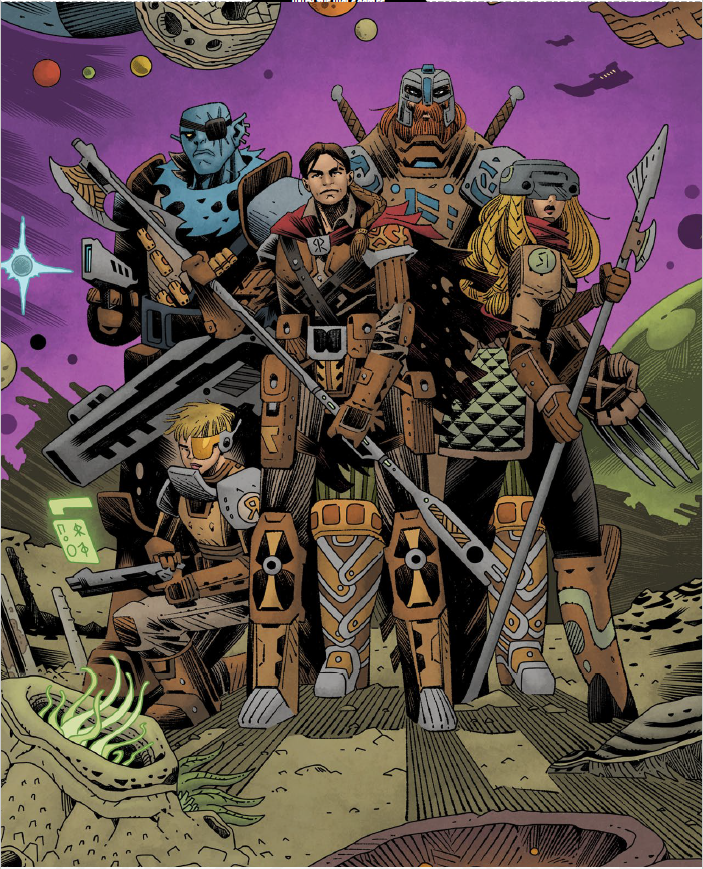
Playing Solo
Shadow of the Demon Lord, and by extension When the Wolf Comes, strongly supports solo play in some ways. While neither comes with spark tables or scene generators, they do contain useful tables for randomizing character backgrounds and motivations. The static target number for Challenge checks as well as easily accessible targets for attacks make both of these games ideal for the solo player. The challenge arises from determining what you’re going to do and how to produce your storyline. I have compiled a list of products that I think will add greatly to the solo experience:
- Ironsworn – (PWYW) Used as an overlay and quest tracking/generation. Lots of useful tables for character, settlement, and situation generation
- Ironsmith – (PWYW) An expansion of the Ironsworn tables both generally and with different cultural influences, including Norse to expand the name list
- Ironsworn Starforged – A new edition of Ironsworn with a sci-fi theme. Includes generators for sectors, world, and space travel events
- Starsmith – (PWYW) A similar significant expansion of Starforged tables
- Of Monstrous Mien – A weird monster generator for Shadow of the Demon Lord, perfect for creating unique alien monsters
- The Solo Adventurer’s Toolbox: Sci-Fi / Spelljammer Edition – Although technically made for 5e and Spelljammer, this book has great procedures for solo play as well as rule agnostic tables for all sorts of useful solo materials
- Plot Unfolding Machine – (PWYW) A useful set of oracle tables to help randomize plots and answer questions you would ask a GM beyond Yes/No
- Science Fiction Grammar Fuel – Several spark tables comprised of different parts of speech drawn from different sci-fi genres
- Fudge Dice – D6 dice set with two plusses, two minuses, and two blanks on each. I like to use them to add weals and woes to a check helping to randomize additional ease or difficulty
- Military Mission Generator – (PWYW) Very useful random generator for military missions
- Espionage Mission Generator – (PWYW) Made by the same publisher but for spy type missions
- Weird Shit Generator – (PWYW) This item generator is made for fantasy but also works for weird scifi and sci-fantasy. Works great for strange legendary items but you might want a reroll sometimes because it does get weird.
The Score
When the Wolf Comes received a great amount of love and research from the author, Ian Sharpe. The game and setting are well developed, bringing a unique experience to the table. The lore presents a huge amount of information to process. A glossary of terms, peoples, and places would give great assistance on this front. Ian’s use of Norse language and terminology immerses readers in the flavor of the setting but can be overwhelming. The rule system works well with the theme to create a unique experience. I think that this system works well for solo play, at least for those that are looking for options. Simplicity in the mechanics combines with path options to allow balance for a medium weight game. The art brings the world to life with a comic style that is tailored to the theme.
Overall, I give When the Wolf Comes a 7/10. It will take some work to get everything set up for a solo game, but I think that it will be worth it.
Find When the Wolf Comes on DriveThruRPG

